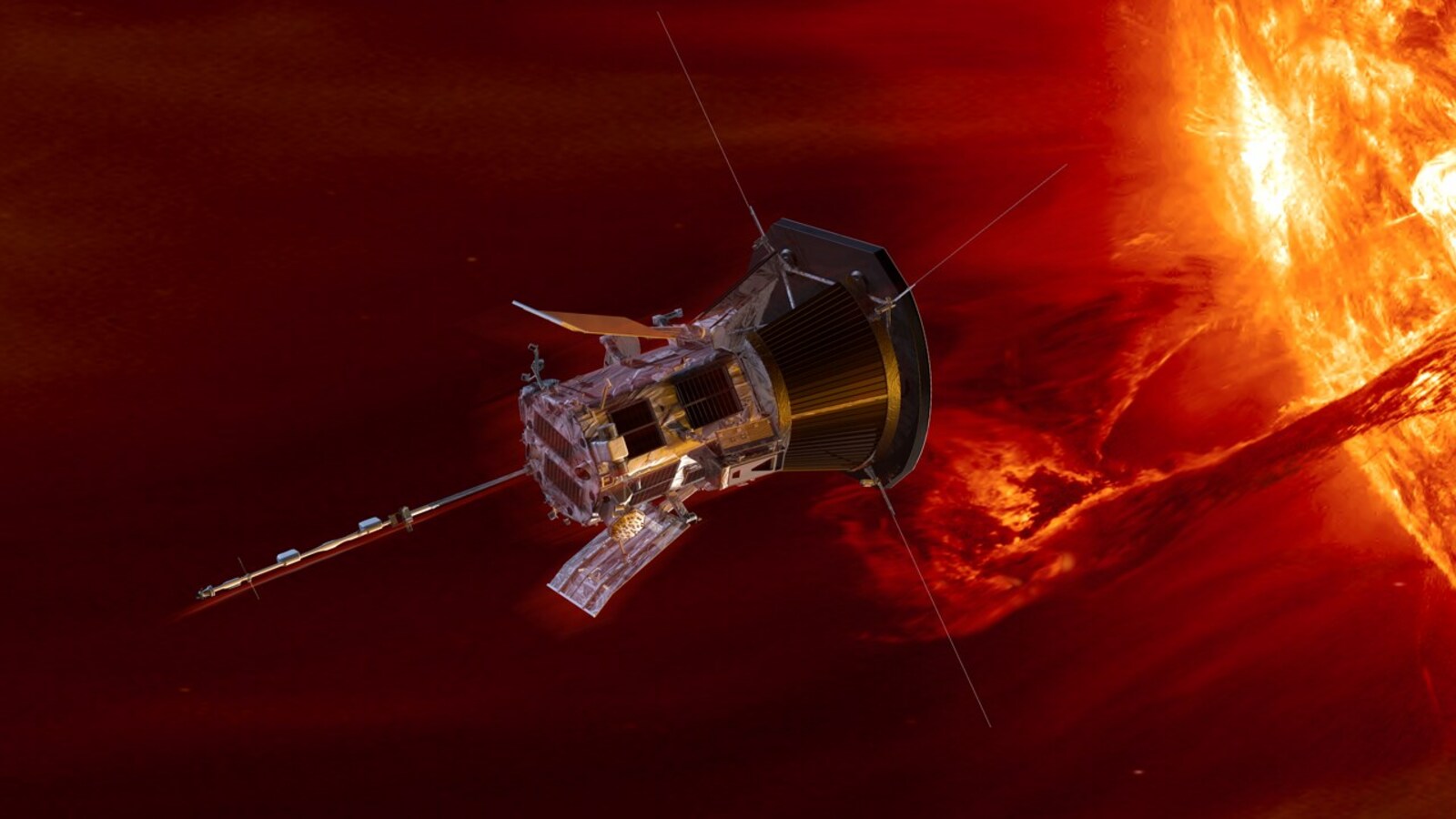Big setback for NASA! Parker Solar Probe crashes!
In an unexpected event, NASA’s Parker Solar Probe's instrument has crashed. Will it impact NASA's Sun mission?






 View all Images
View all ImagesNASA's miracle spacecraft that virtually touches the Sun is in trouble. The Parker Probe is designed to make a series of close flybys of the Sun to measure various properties of the solar wind, including its speed, temperature, and magnetic field. Basically, it is important for scientists to study almost everything about the Sun. Sadly, in an unfortunate event, an instrument on NASA's Parker Solar Probe went has crashed. It went offline suddenly on February 12, the space agency informed in a blog post. Considering it is so far away from earth and solutions are possible remotely only, has it jeopardised NASA's Sun mission?
There is good news and bad news! Good one first. The mission team expects Parker Solar Probe to come back online soon. “It happened during the application of an approved flight software patch to the Energetic Particle Instrument (EPI-Hi). An anomaly review board determined the instrument was power cycled prematurely before the new patch was completely loaded,” NASA said in a brief Parker Solar Probe update on February 17. EPI-Hi is one of two particle detectors, which is designed to measure high-energy solar particles.
The bad news is that the instrument will remain off for several weeks as the geometry between the probe and the Sun, and also the solar radio frequency interference will prevent a good uplink. Normal operations are anticipated to resume for the EPI-Hi following the blackout period, in advance of the spacecraft's 15th close approach to the Sun on March 12. Thankfully, the overall spacecraft remains healthy and is functioning as expected.
About Parker Solar Probe
Parker Solar Probe was launched in 2018 to investigate the Sun's mysteries. Parker Solar Probe used Venus' gravity during seven flybys over almost seven years to progressively get its orbit closer to the Sun in order to unravel the mysteries of the Sun's atmosphere. The spacecraft travels at a massive speed of over 500000kmph, allowing for quick entry and exit to prevent heat damage fro0m the Sun.
Most of the data collected by the Parker Solar Probe is obtained during a daring, super-close flyby of the Sun, where the spacecraft is exposed to high temperatures and accelerated to massive speeds. These flybys occur approximately once every five months. The next upcoming flyby, which will mark the 15th in the mission's history, is set to reach its peak on March 17, Space.com reported.
Catch all the Latest Tech News, Mobile News, Laptop News, Gaming news, Wearables News , How To News, also keep up with us on Whatsapp channel,Twitter, Facebook, Google News, and Instagram. For our latest videos, subscribe to our YouTube channel.





























